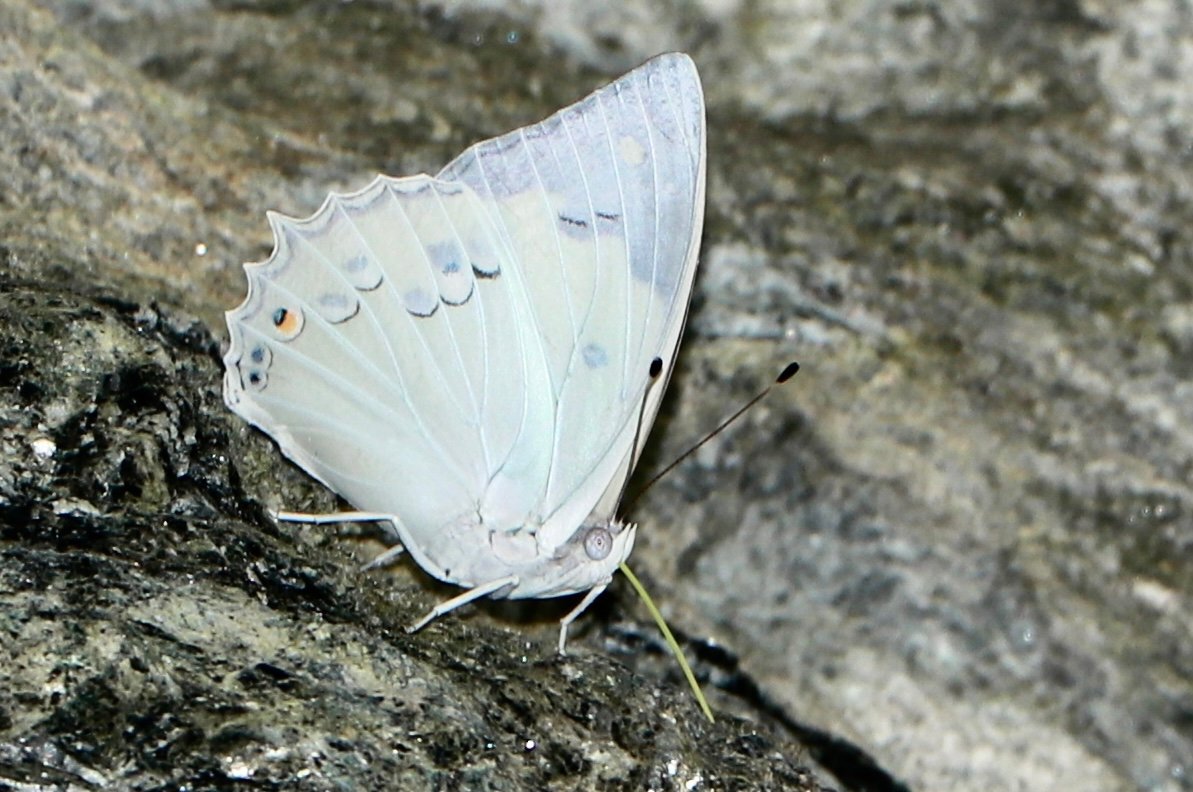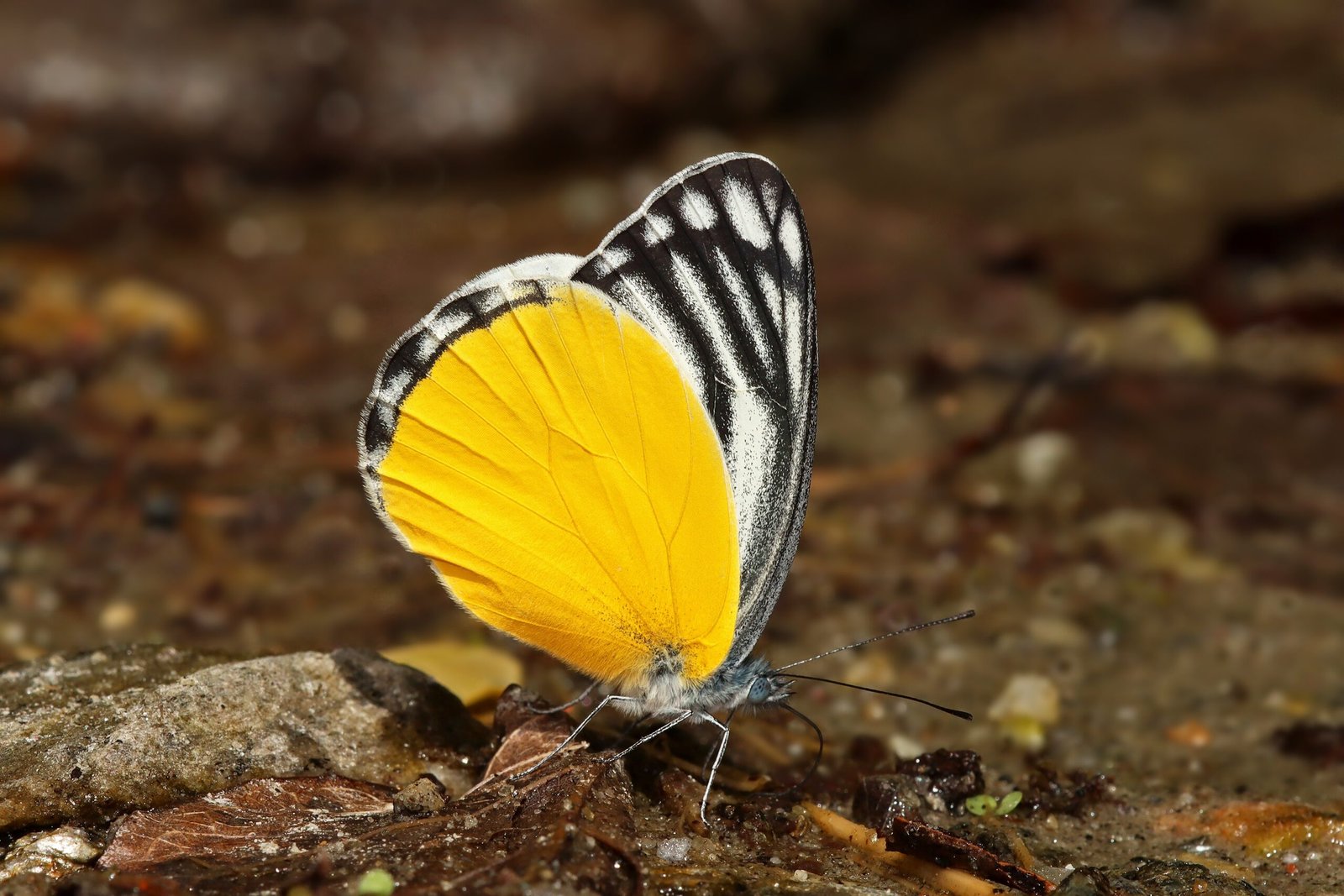Imagine stepping into a lush, sun-dappled rainforest. The air is thick with the hum of life, and flashes of dazzling color zigzag through the trees—tropical butterflies, nature’s living jewels. But wait: among the blooms, a butterfly lands not on a flower, but on a muddy puddle, an animal carcass, or even the skin of a sweating hiker. What drives these delicate creatures to seek out such bizarre meals? The answer is as astonishing as it is revealing, uncovering an unexpected side to butterfly behavior that is both shocking and fascinating.
The Surprising World of Butterfly Diets
Butterflies often captivate us with their grace and beauty, sipping nectar delicately from flowers. Yet, their eating habits are far more complex than most people realize. While nectar provides them with sugar for energy, it lacks a wide range of essential nutrients. To survive and thrive, many butterflies seek out alternative sources of nourishment. This often leads them to feed on mud, animal droppings, decaying flesh, and yes—even blood, sweat, and tears. These odd choices reveal a hidden world of survival strategies that help butterflies get the minerals and salts they desperately need.
Why Nectar Isn’t Enough

Nectar is mostly sugar water, and although it keeps butterflies buzzing, it doesn’t contain all the building blocks their bodies require. In particular, nectar is low in sodium and other minerals vital for nerve function, muscle contraction, and even reproduction. Without these nutrients, butterflies could suffer from developmental issues or lowered fertility. To make up for what nectar lacks, butterflies turn to sources that might seem downright unappetizing to us. Their need for salt and minerals pushes them to places and substances most people would never expect a butterfly to visit.
The Science Behind “Mud-Puddling”

One of the most common ways butterflies supplement their diet is through “mud-puddling.” This behavior involves butterflies gathering on wet soil, mud, or even animal urine to suck up mineral-rich moisture. The process can look almost ritualistic, with dozens of butterflies crowding together like a living mosaic. Mud-puddling is especially important for male butterflies, who use the extra minerals to boost their reproductive success. Studies have shown that males pass some of these nutrients to females during mating, improving the chances of healthy offspring. It’s a fascinating example of how survival and reproduction are intimately tied to what might seem like strange eating habits.
Blood, Sweat, and Tears: Sources of Survival
Butterflies don’t stop at mud—they’ll also drink from wounds on animals, sweat on human skin, and even tears streaming down faces. In tropical regions, scientists have observed butterflies flocking to caimans, turtles, and even riverbank mammals to sip tears and blood. The fluids provide critical salts and amino acids not found in nectar. Even human hikers in the jungle might find themselves hosting a butterfly or two, drawn by the salt in their perspiration. These behaviors are not acts of aggression, but rather acts of nutritional desperation, as butterflies strive to meet the demands of their bodies in environments where resources can be scarce.
Butterflies on the Hunt for Sodium

Sodium is particularly scarce in many natural environments, especially inland rainforests far from the sea. For butterflies, sodium is like gold. It plays a crucial role in nerve transmission and muscle function, and is especially vital for egg production in females. Butterflies have evolved specialized taste sensors on their feet to detect sodium-rich surfaces, guiding them to puddles, carcasses, or even sweaty skin. The quest for salt is so strong that butterflies have been seen jostling for space on animal dung or blood spots, outcompeting each other for every drop of precious mineral.
The Role of Butterflies in Ecosystems
While these feeding habits may seem unsettling, they play an important role in the ecosystem. By visiting carcasses and puddles, butterflies help break down organic material, aiding in nutrient cycling. Their presence at these sites also attracts other insects and scavengers, creating a bustling microcosm of life. Butterflies, often seen as mere pollinators, reveal themselves as vital participants in the web of life, connecting the dots between decay and renewal.
Unexpected Encounters with Humans
For adventurous hikers and travelers, an encounter with a butterfly seeking sweat can be both amusing and memorable. Some species, like the salt-hungry Julia Heliconian, are notorious for landing on people and probing their skin with their long, straw-like tongues. In some cultures, this interaction is considered a sign of luck or a gentle message from nature. Yet, for the butterfly, it’s simply a matter of survival. The salt in human sweat provides a quick and much-needed nutrient boost, allowing the butterfly to continue its dazzling flight.
When Butterflies Become Blood-Drinkers
The idea of a butterfly drinking blood sounds almost like a scene from a fantasy tale, but it happens in real life. Certain tropical butterflies, such as the metalmark and cracker butterflies, have been documented feeding on the wounds of animals and even humans. This behavior is known as “lachryphagy” (tear drinking) or “hematophagy” (blood drinking). For these butterflies, a bloody wound or a moist eye is a rare treasure trove of minerals. It’s a reminder that the natural world is full of surprises, and even its gentlest creatures can have unexpected sides.
Emotional Reactions to Strange Butterfly Habits
Learning about these unusual feeding habits can spark a mix of emotions—surprise, curiosity, maybe even a touch of discomfort. How can something so beautiful be drawn to something so macabre? Yet, this duality speaks to the resilience and adaptability of life. Butterflies remind us that survival often means breaking the rules and adapting in astonishing ways. Their behaviors, bizarre as they seem, are driven by the same needs that affect all living things: to find food, to reproduce, and to endure.
What These Behaviors Teach Us About Nature
The next time you see a butterfly fluttering around, remember that there’s more to its life than meets the eye. These creatures are resourceful survivors, navigating a world full of challenges by making the most of every opportunity. Their willingness to seek out blood, sweat, and tears is a powerful lesson in adaptation, reminding us that beauty in nature is often intertwined with the strange and unexpected. Nature’s wonders aren’t always tidy or predictable, but they are always fascinating.




